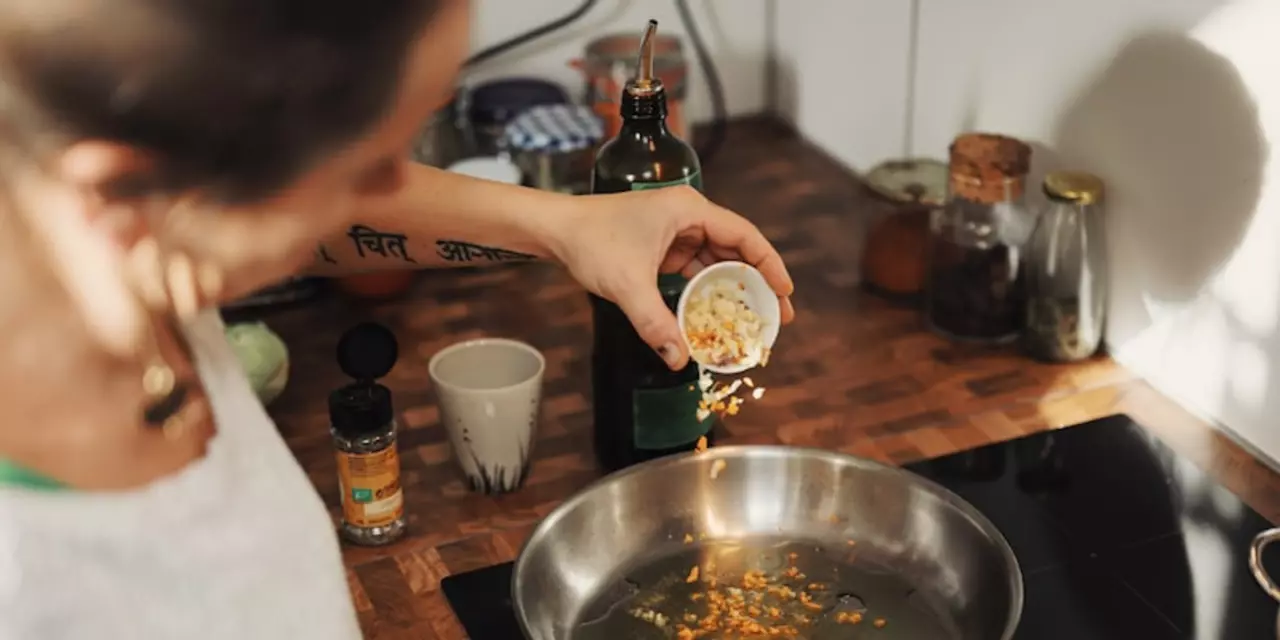Spices are a critical part of Indian cuisine, providing unique flavors and aromas that bring out the best in dishes. Without spices, Indian food is incomplete and lacks the vibrant, complex flavors that make it such a beloved cuisine. From hot chilies to aromatic cumin and cardamom, the combination of spices gives Indian dishes their unique flavor. Spices also impart their own health benefits, including antioxidant, anti-inflammatory and digestive properties. For me, Indian food is simply not the same without its signature spices, and eating it without them is like eating a dull and tasteless dish.
Spices 101: Everything You Need to Know
Ever wonder why a pinch of something can turn a bland dish into a masterpiece? That magic comes from spices. They’re not just fancy pantry items – they’re flavor boosters, health allies, and cultural storytellers rolled into tiny granules or sticks.
In this guide we’ll break down why spices matter, which ones you should keep on hand, and how to use them without overthinking the process. No chef’s jargon, just practical advice you can start applying tonight.
Why Use Spices?
First off, spices add depth. A dash of cumin can give a stew an earthy backbone, while a few coriander seeds brightens a curry like sunshine. But the benefits go beyond taste. Many spices pack antioxidants, anti‑inflammatory compounds, and digestive aids. Turmeric, for example, contains curcumin, a compound linked to reduced joint pain. Cinnamon can help balance blood sugar, and fennel seeds aid digestion after a heavy meal.
Spices also let you cut down on salt. When you layer flavors with ginger, pepper, or smoked paprika, you won’t miss the extra sodium. That’s a win for heart health without sacrificing the pleasure of a tasty bite.
Top Spices for Everyday Cooking
Here’s a quick list of pantry heroes that work in most Indian and global recipes:
- Turmeric – adds golden color and a mild earthy bite; great in lentils, rice, and marinades.
- Cumin (seed or ground) – nutty and warm; perfect for dals, chaats, and roasted veggies.
- Cor coriander – citrusy and fresh; use the seeds in spice blends and the leaves as garnish.
- Cardamom – sweet‑spicy; shines in chai, desserts, and even biryani.
- Cloves – intense and aromatic; a few whole cloves can transform a broth or rice pulao.
- Mustard seeds – pop them in hot oil for that classic Indian tempering flavor.
- Red chili powder – adjust heat level; start with a teaspoon and taste as you go.
Store spices in airtight containers away from light and heat. This keeps their aroma fresh for up to a year. If a spice smells dull or has lost its color, it’s time to replace it.
Now, a couple of quick tricks:
- Toast whole spices in a dry pan for 30 seconds before grinding. The heat releases essential oils, making the spice taste brighter.
- Start with a small amount, taste, then add more. It’s easier to build flavor than to fix an over‑spiced dish.
With these basics, you can experiment confidently. Try mixing cumin, coriander, and a pinch of cinnamon for a quick “garam masala” substitute. Or blend turmeric, black pepper, and a splash of olive oil for a health‑boosting drizzle over roasted veggies.
Bottom line: spices are cheap, versatile, and packed with benefits. Stock the handful listed above, keep them fresh, and use the simple tips to elevate every meal. Your taste buds—and maybe even your health—will thank you.
